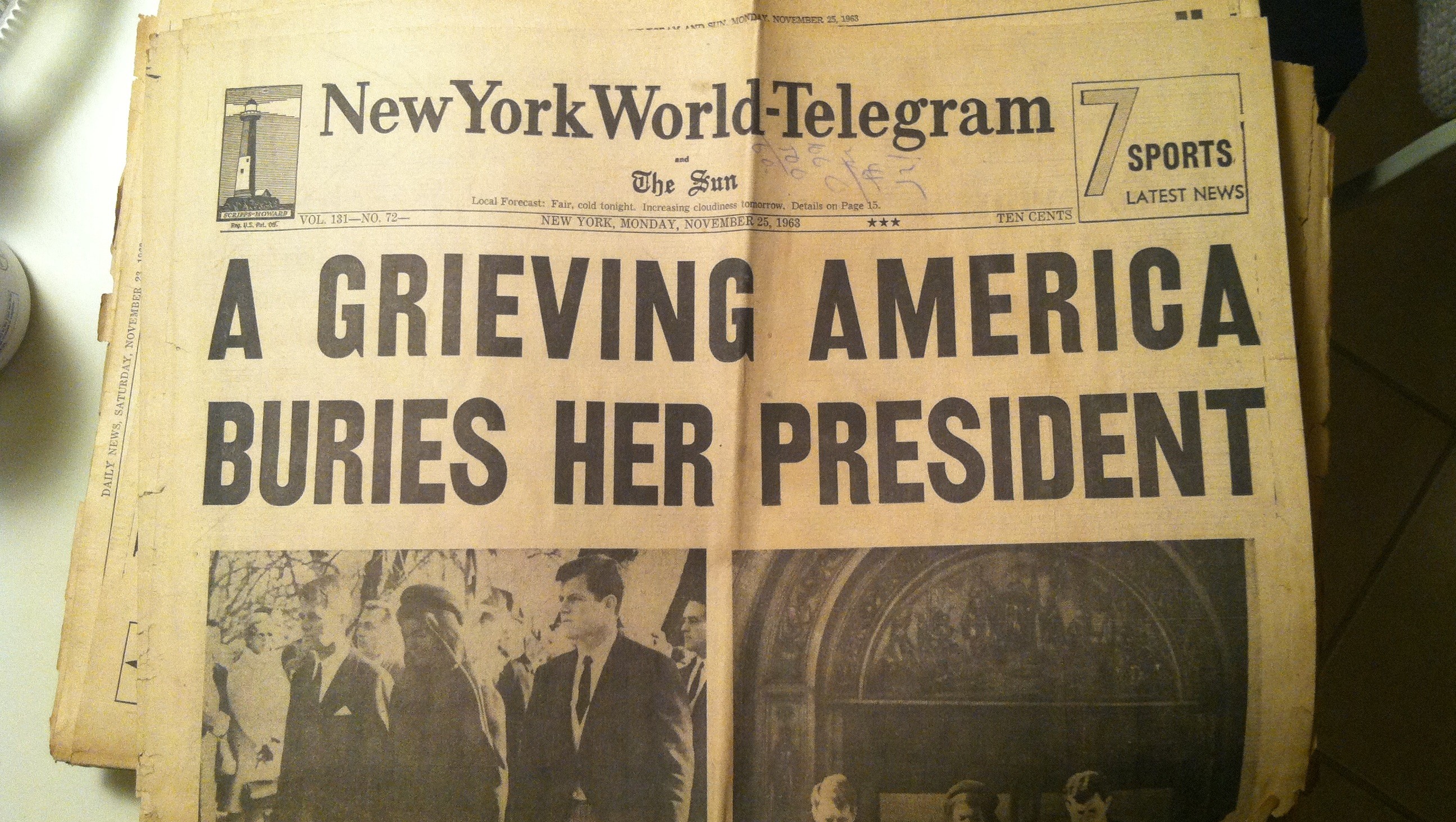Every week, I shine the spotlight on some of the best storytelling in the business and offer my comments. “3 Great Stories of the Week” will post every Monday at 8 AM.
I had a fascinating mini-discussion this week with a storyteller for whom I have great respect.
Like many reporters this week, he put together a piece about Dr. Martin Luther King, Jr.’s “I Have a Dream” speech. Wednesday was, of course, the 50th anniversary of the speech from the March on Washington. This reporter — no doubt noting the flood of stories that had already been and would be done — tried something different. He hit the streets and got interviews with residents about how King’s speech impacted them, both 50 years ago and today, but he also had them hold a large picture frame. Once back in the newsroom, his editor cropped Dr. King’s speech into the frame so that it looked as if the speech was playing inside of it.
To me, it seemed forced.
When I watched the story, I felt his interviews seemed unnatural on several levels. For one thing, the people he was interviewing seemed awkward trying to speak sincerely while holding a bulky picture frame. Secondly, the video playing in the frame both visually and mentally distracted me from the content of the interviews.
But most importantly, I felt the reporter was using a gimmick on a subject that did not require it. To me, the “I Have a Dream” speech is so powerful on its own — and people’s emotions and reactions so visceral even 50 years later — that it did not require trickery. It required elegance and poignancy, and it required a more subdued approach that allowed the speech to, well, speak for itself.
The beauty of storytelling is, of course, there are no right answers. What works for some may not work for others. I should point out that the reporter who did this story has built an ultra-successful career out of stories that beautifully capture the human spirit, so he is no stranger to understanding what makes for a powerful moment. I, for one, am a huge fan of his work.
In this case, though, we disagree. When I chose my “3 Great Stories” for this week, all directly or indirectly MLK-related, I found they reached me by simply illuminating their subjects’ natural power.
Revisiting Martin Luther King’s 1963 Dream speech (8/28/13, The Big Picture): In doing my own stories recently on the Civil Rights movement, I found the raw materials to be extremely absorbing. From old footage to newspaper headlines to poignant photographs — both iconic and not — I found myself enthralled by the history of everything.
Leave it to the Big Picture blog to capture that history and present it in a glorious display.
Here, the editors post a collection of 20 photos, mainly from the March on Washington but also from the Civil Rights movement in general and a few present-day shots for good measure. Photo galleries like these are Rorshach tests — you interpret them however you choose — but, for me, this particular gallery provides some great introductory context to that time period and the struggles involved.
(more…)
